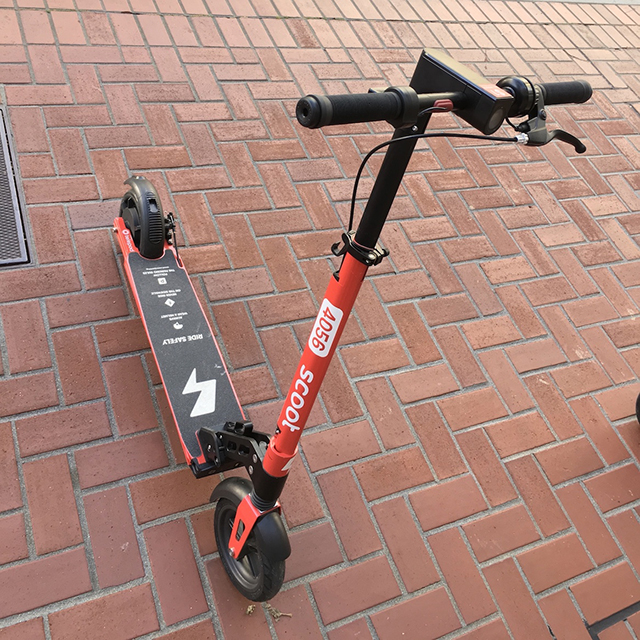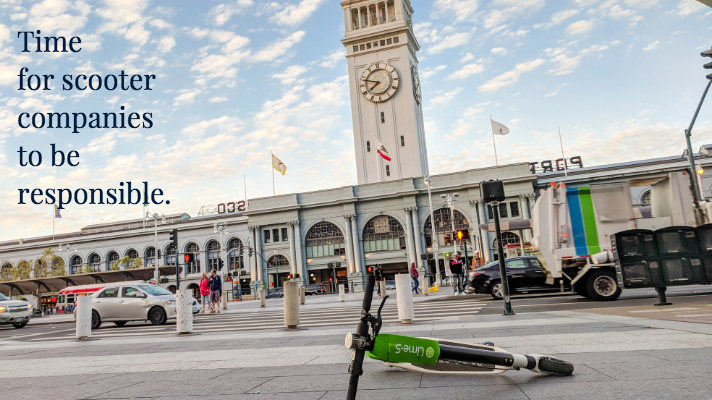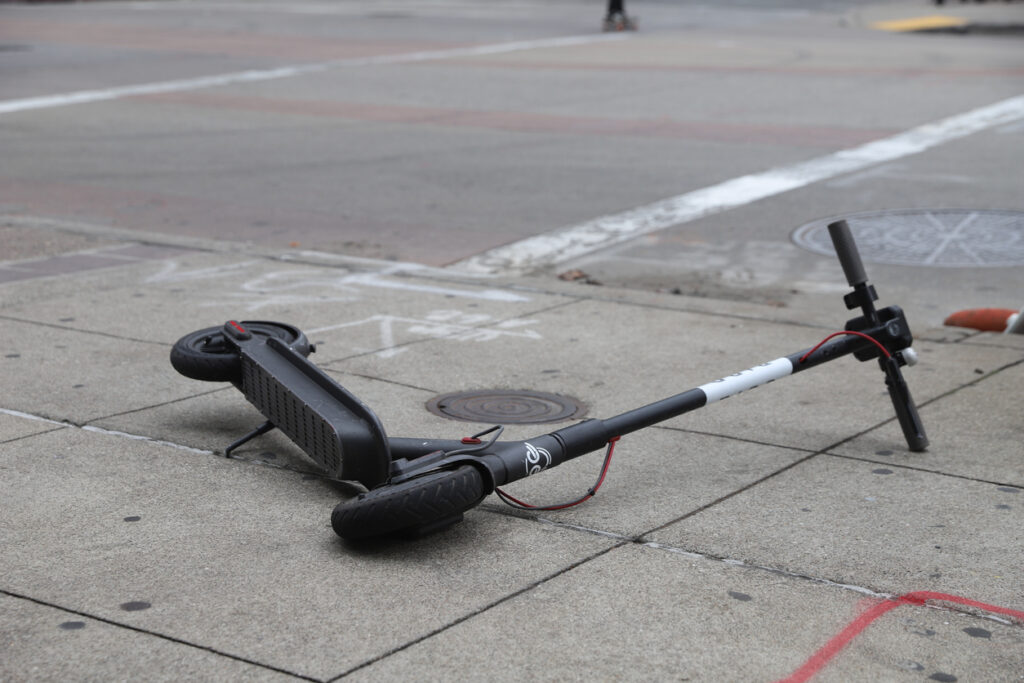Avoiding Discrimination and Harassment at Holiday Parties
Every year, my firm receives multiple phone calls from people who have been the victim of some form of harassment or discrimination at company-sponsored holiday parties. Once again, the holiday season is upon us and we hope that, if everyone thinks ahead, many of the potential pitfalls can be averted so that everyone can enjoy …
Avoiding Discrimination and Harassment at Holiday Parties Read More »






